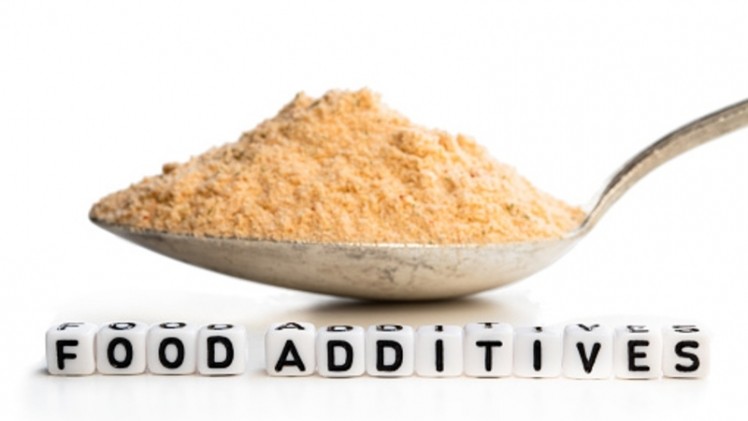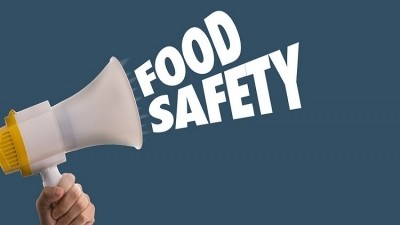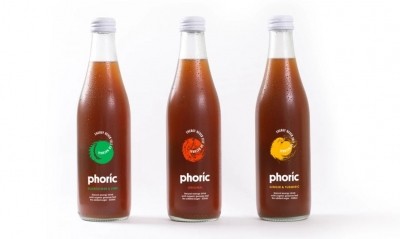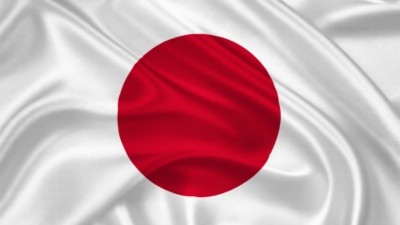Japan food labelling revision: ‘Artificial’ and ‘synthetic’ terms banned for food additives

This was announced by the Japanese Consumer Affairs Agency (CAA) as a revision to the country’s Food Labelling Standards, a revision based on a Food Additive Labelling study conducted by the agency.
“According to the study results, consumers tend to avoid products that are labelled with the words ‘artificial’ and ‘synthetic’ when it comes to food additives [even though these have been certified by the government],” said CAA in the revision report.
“Hence after discussion it is the consensus that these terms should be deleted from food labels, [so] ‘synthetic preservatives’ and ‘artificial sweeteners’ [should be termed] ‘preservatives’ and ‘sweeteners’ [so as to] prevent further misidentification by consumers.
“Additionally, surveys conducted with trade associations and other industry stakeholders have found that the term ‘chemical seasonings’ may affect consumers' understanding [and] a further study will be carried out to investigate this.”
Food manufacturers will need to remove the terms ‘artificial’ and synthetic’ from being associated with additives including sweeteners, colourants, preservatives, flavourings and fragrances.
“All food manufacturing companies will be given until March 31 2022 as a transition period to implement this change,” said CAA.
This change was supported by the national Consumers Japan (Shodanren) association, which issued a statement saying that: “Current regulations and risk assessments for food additives do not make the distinction between natural and synthetic, [so] consumers may get the false impression that these are dangerous.”
According a separate 2019 study dubbed the Consumer Inquiry Report on Food Labelling, 56.7% of Japanese consumers will refer to the additives label when making a food purchase, so a negative perception of food additives could potentially be highly detrimental to sales.
Ingredient origin labelling controversy
Earlier this year, the CAA also opted to loosen the food labelling regulations for the origins of raw materials, which allowed food manufacturers to keep their product labels as is even if they had to make changes to their raw material supply chain.
This was implemented at the height of the COVID-19 pandemic in April, presumably to help local manufacturers that were having trouble sourcing raw materials from their usual local or foreign suppliers due to halted logistics and supply chains, but public health experts say that this is now being increasingly used to ‘lie’ about product origin instead.
For example, buying and supporting locally made products made from local ingredients is a very big consumer trend in Japan, but the loosened regulations means that the products could be made from ingredients sourced from elsewhere and still labelled as ‘locally produced’.
"The origin and country of origin of raw materials are important information that is essential for food safety. If this changed without being reflected on the labelling, consumers are deprived of their rights to make the right choices, which is a big problem,” pharmaceutical and food industry expert Dr Mikio Nakamura, who previously served on the Food Labelling Review Committee, said on local social media platform @nifty.
“China has been an important source of imports although it is now challenging to import from due to logistics and labour issues – but other countries have resumed operation, such as in Vietnam.
“[Companies] could very well choose to import from a country that is easier to access instead even though raw materials from there were previously found to be health risks, [for] example, Japan previously detected herbicides in Vietnamese shrimp. [But] if they do not need to put this on the label, there is a risk [this will be chosen] due to the ease of access.”
Any discrepancies between information on the label and the actual ingredients used must be reported online via the companies’ announcements or websites, but this was brushed aside as ‘the regular consumer won’t normally check the company website before buying a product’, but will certainly check the product label.



















